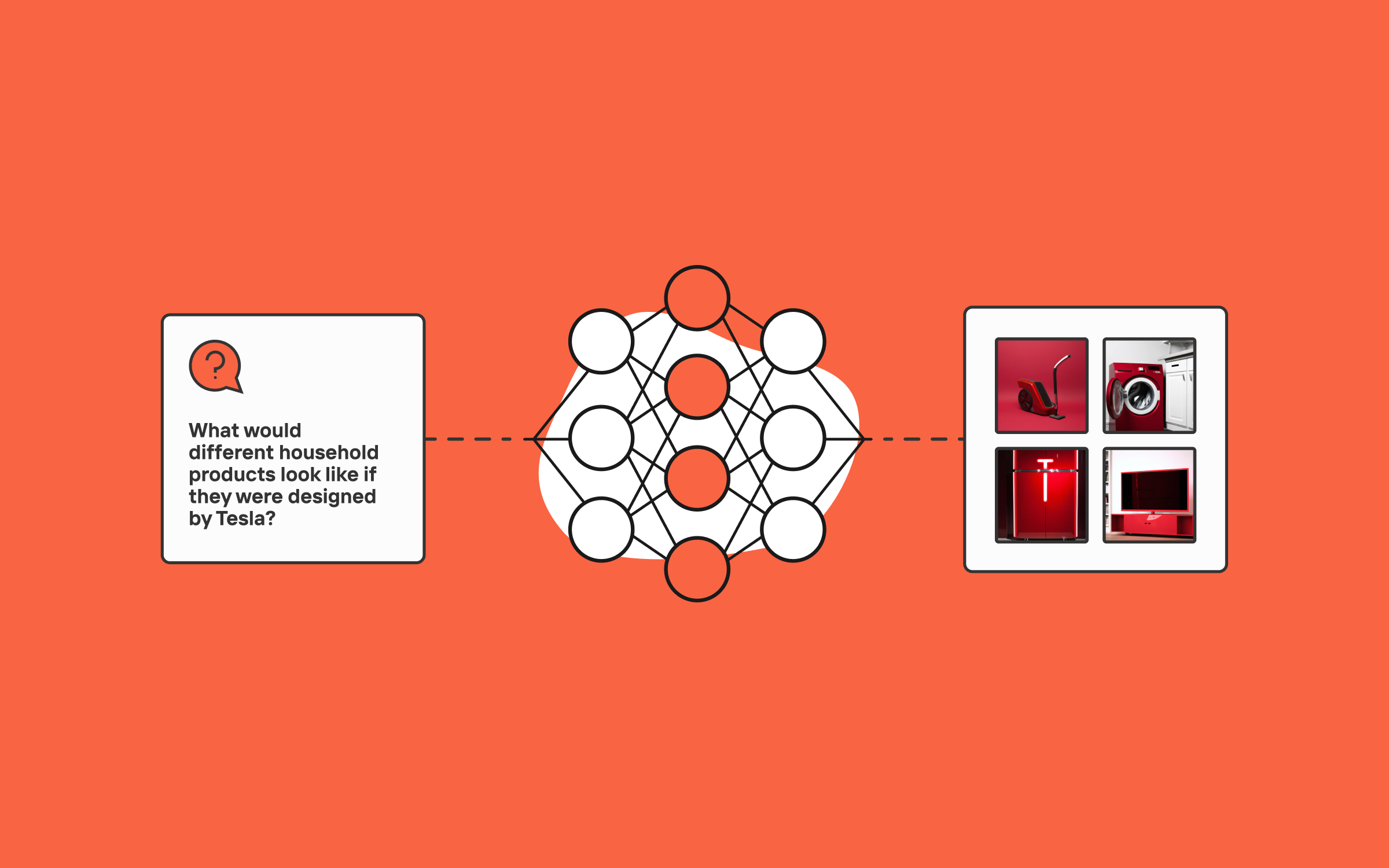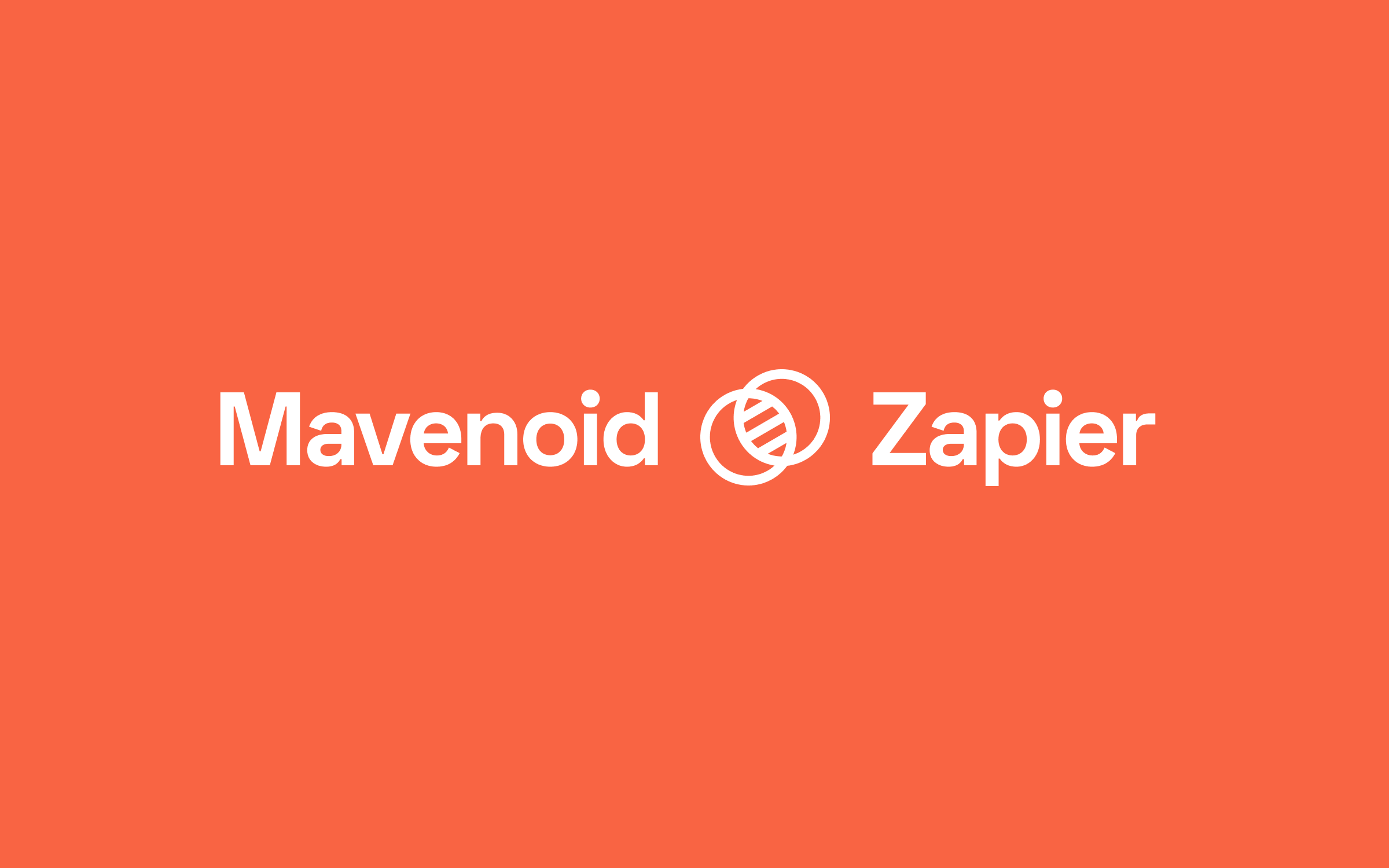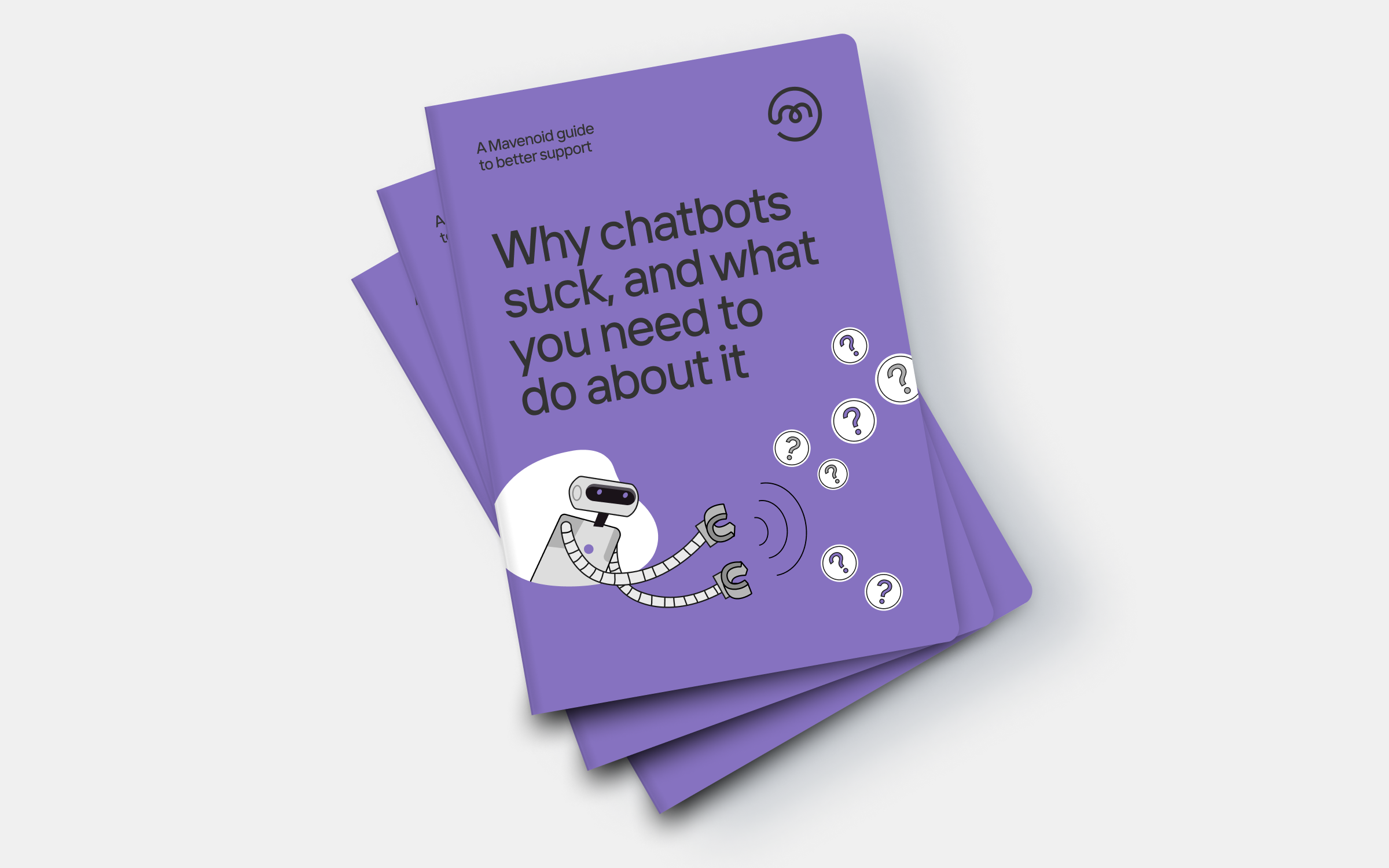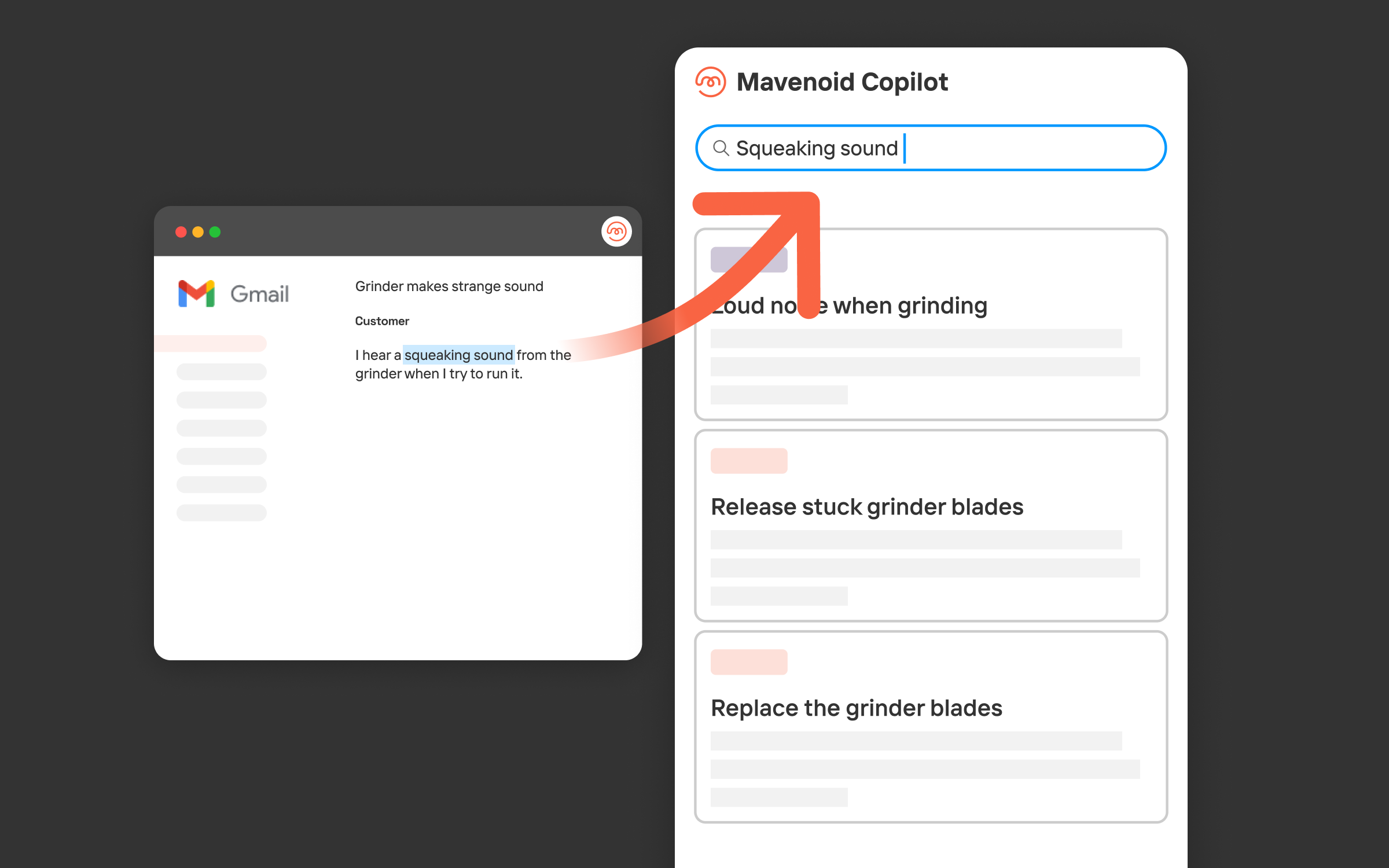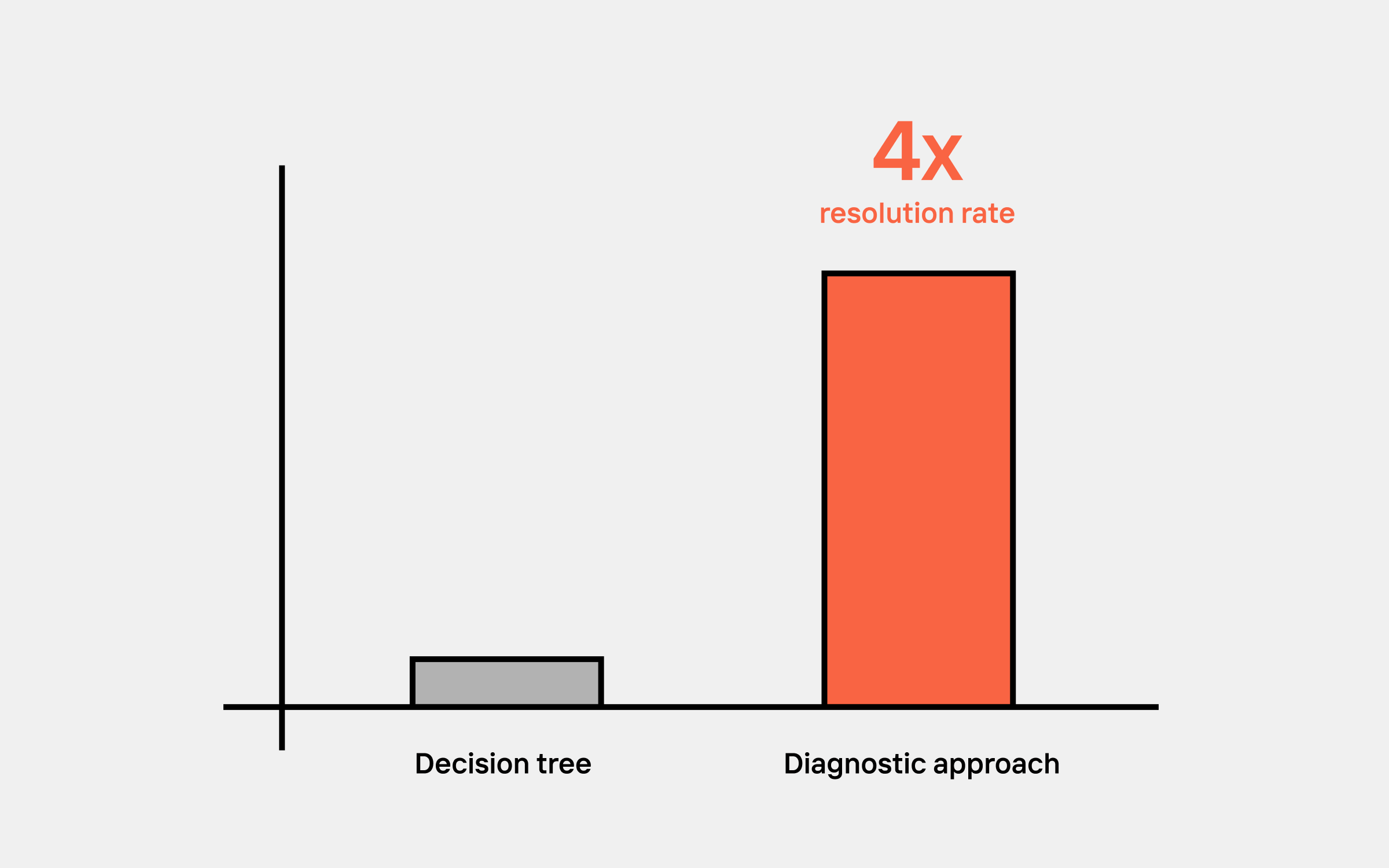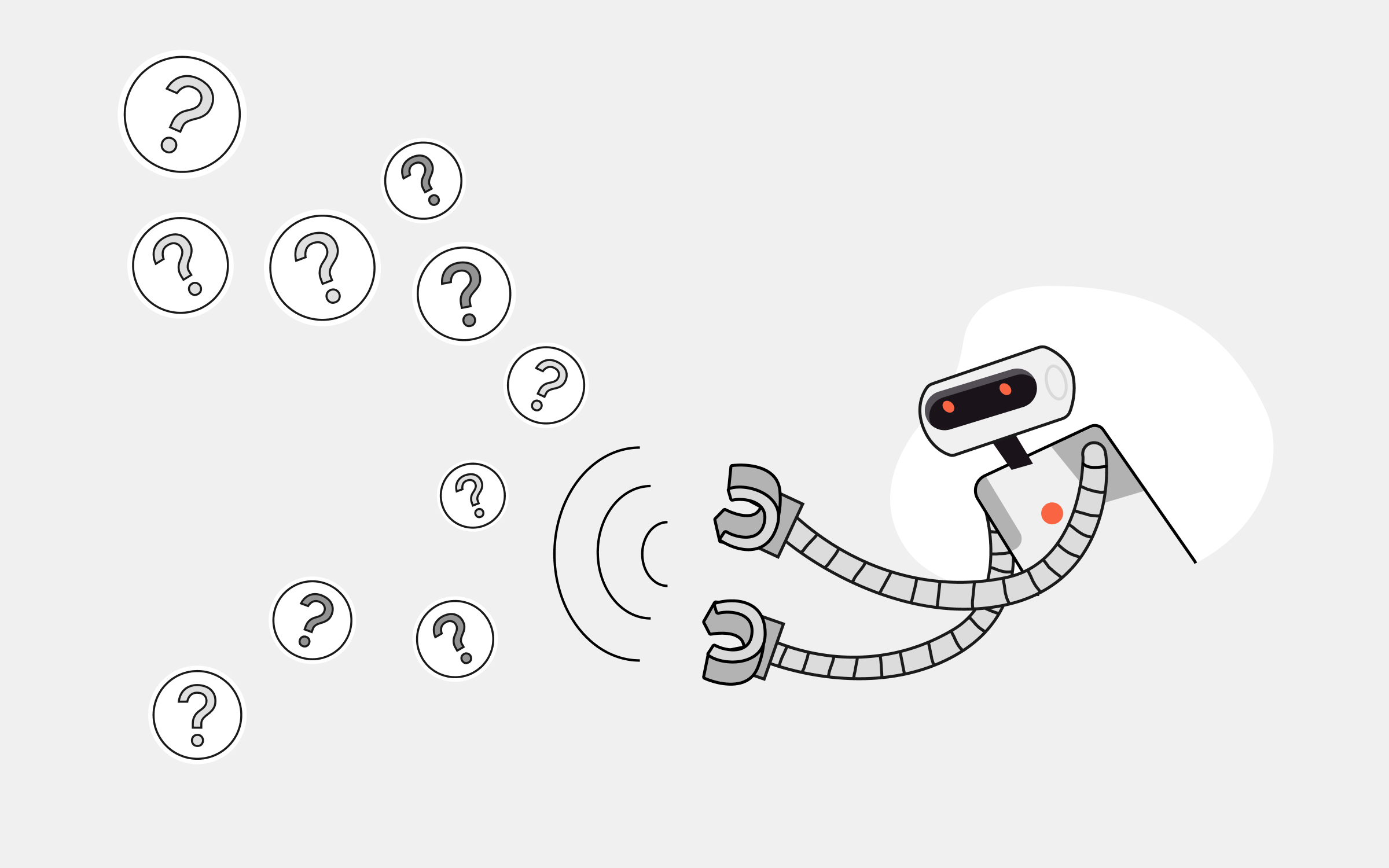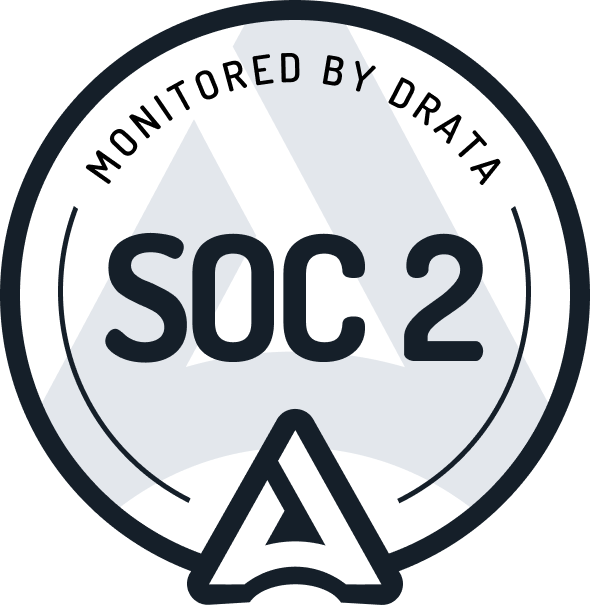Visit the Roca website to learn more about our partners, specializing in everything Zendesk from implementation and onboarding to optimization and app development.
In today's fast-paced world, support teams are often asked to do more with less. This phrase has become a common theme in our recent customer conversations and discovery sessions.
The good news is many companies have been able to find hidden sources of efficiency by proactively preventing customer issues and streamlining their troubleshooting workflows, sometimes even without increasing the headcount – all while maintaining a high level of customer satisfaction.
Strategy #1: Know your customer to give your teams context

It is crucial for your team to understand the customer's context and the changes happening around them to work more efficiently. Reacting to emerging issues as quickly as possible helps prevent ticket backlogs and resolve problems before customers get dissatisfied. Some recommendations for understanding and addressing customer issues include:
- Utilizing AI to cluster and categorize support issues
- Analyzing a sample of tickets or support conversations for each topic
- Using flexible feedback capture to gather qualitative feedback from customers
💡Customer example
An audio and video equipment company used AI analysis to detect a spike in customer concerns about potentially counterfeit devices during the holiday season. They created a self-service checklist to help customers determine if their product was genuine, and offered a 20% discount for those who had purchased counterfeit items. This proactive approach helped the brand turn disappointed people into loyal customers.
To address emerging issues and improve agent efficiency, it's also extremely important
to invest in skill development. One way to do this is through ‘sword sharpening’ sessions, where teams focus on specific skills or issues on a weekly or monthly basis. Examples of topics for these sessions could include:
- Understanding the root causes of hardware issues
- Teaching agents to use APIs or other tools more effectively
- Learning how to use video for customer support
Strategy #2: Prevent issues with better customer onboarding

Onboarding is a critical part of the customer experience. In fact, 63% of customers consider the quality of onboarding before deciding to buy a product. To prevent support issues early on, consider the following tips for improving onboarding:
- Introduce interactive onboarding scenarios that will help your customers properly set up the product (e.g. QR codes on the packaging)
- Create customized flows prompting customers to register their product
- Trigger emails/texts post-registration with guidance on how to use all its features
💡Customer example
The small kitchen tools manufacturer streamlined their registration process by implementing an interactive assistant that tailored questions based on the customer's purchase and region. This new support flow, which integrated with Salesforce, saved the support team a significant amount of time and improved the customer experience.
Another Mavenoid customer, a smart home product manufacturer, added a QR code on a leaflet included with their products, pointing customers to an onboarding flow. This proactive approach significantly reduced support issues resulting from incorrect product installation.
Strategy #3: Facilitate and promote working remotely

In recent years, remote work has become increasingly popular, and the COVID-19 pandemic has accelerated its adoption. Remote work has many benefits, including increased productivity, reduced overhead costs, and improved work-life balance. However, managing remote teams can be challenging, and communication and collaboration can suffer if not handled correctly.
To ensure your remote team is successful, you should provide the necessary tools and resources for them to work effectively. This includes access to reliable internet and technology, such as video conferencing software and collaboration tools. You should also establish clear communication protocols, including regular check-ins and team meetings.
To promote collaboration and team building, you should also facilitate virtual social events, such as team lunches or happy hours. This can help build morale and create a sense of community among remote team members.
In addition to providing the necessary tools and resources, it's essential to establish clear expectations and guidelines for remote work. This includes setting boundaries around working hours and ensuring team members are taking breaks and disconnecting from work when needed.
By facilitating and promoting remote work, you can attract and retain top talent, while also promoting a healthy work-life balance for your team members.
Strategy #4: Streamline knowledge management: reuse, recycle, automate

Knowledge management is critical in the hardware support industry, as customers often have multiple questions about the product or products they own and expect to be able to use extensive documentation. However, creating and updating this content can be challenging, and teams can become frustrated when they spend an unreasonable amount of time maintaining content across different channels and platforms.
Possible solutions include implementing a centralized knowledge base, adopting collaborative content creation tools, and utilizing AI-powered content generation and maintenance.
A centralized knowledge base allows support teams to easily access, edit, and share information across channels and platforms, reducing redundancy and streamlining content management.
Collaborative content creation tools, such as wikis or shared documents, can facilitate real-time collaboration, enabling teams to work together efficiently and maintain up-to-date documentation.
AI-powered content generation and maintenance systems can help support teams by automating repetitive tasks, suggesting relevant content, and identifying gaps in the existing documentation. These solutions, when combined, can significantly reduce the time and effort spent on content management, leading to improved customer satisfaction and enhanced support team productivity.
💡Customer example
One company that was successful in optimizing its knowledge management was an audio-video equipment manufacturer. Initially, they had a less-than-friendly online Help Center with too many articles that were sometimes too long to read and difficult to find. However, they were able to transform the content into bite-sized pieces, repurposed it to capture support traffic from Google, and gradually shut down the old Help Center and replaced it with an interactive system.
Another challenge that the manufacturer faced was supporting over 100 discontinued products. They generated a significant volume of support requests, which was previously handled by agents live or by responding tickets. Writing FAQ articles for all of those products would have been a huge effort, but the company found a solution by collecting all the manuals and creating an assistant that answers customer questions based on the existing support content. This significantly reduced the time spent writing and improving content for self-help.
Strategy #5: Integrate all of your support tools for real-time data exchange

You can significantly enhance support team efficiency by automating repetitive tasks, and providing faster responses to customers or even resolving issues without agent intervention leveraging the power of AI. Some ways to incorporate automation and AI into your support processes include:
- Implementing chatbots or virtual assistants to resolve support inquiries or direct customers to relevant resources
- Using AI to route support tickets to the most appropriate agent based on their skills and expertise
- Employing AI to analyze and categorize customer feedback for faster issue resolution and agent training
Another way to optimize support teams is to integrate ALL of their support tools. On average, support teams use from 50 to 70 apps, and 73% of agents reported frequently switching between apps to resolve a single query. By streamlining this workflow and integrating data and different tools with self-service support options, problems that would have previously gone to humans can now be automated.
💡Customer example
One of our customers, a micro mobility company, was successful in integrating its support tools. They had a lot of routine refund requests escalated to live chat, which was not cost-effective. They invested time into creating a connected platform with their fleet management and billing system to automate the refund process decreasing total tickets by up to 33%.
Context is also crucial when it comes to integrating support tools. One of our customers, an audio-video hardware manufacturer, made their support more time-efficient by collecting all the equipment parameters from its mobile app, where a self-service assistant was embedded. This includes information about the type the device, serial number, and more, which would have previously required back-and-forth conversation between agents and end-user.
When self-service doesn’t resolve an issue, it's escalated with appropriate tags, facilitating smart routing and enabling agents to resolve it in one interaction, avoiding back-and-forth exchanges with the customer to collect details.
Strategy #6: Train your team well

Effective training is crucial to the success of any business. In order to achieve long-term success, you need to ensure that your team members are well-trained and equipped with the knowledge and skills necessary to carry out their roles effectively. Here are some tips for training your team:
- Provide comprehensive training: Your training program should cover all aspects of the job, including technical skills, company policies, and best practices. Make sure your team members have a clear understanding of their roles and responsibilities.
- Customize training to individual needs: Everyone learns differently, so it's important to customize your training program to meet the needs of each team member. Use a variety of training methods, such as hands-on experience, online courses, and classroom-style learning.
- Continuously train your team: Training is not a one-time event. It's an ongoing process that should be integrated into your business operations. Provide regular training sessions to keep your team members up-to-date with new technologies, products, and services.
- Encourage feedback: Encourage your team members to provide feedback on the training program. This will help you identify areas for improvement and make adjustments as necessary.
- Celebrate success: Celebrate the successes of your team members, particularly when they demonstrate the skills and knowledge they've learned during training. This will help boost morale and reinforce the importance of training.
By investing in the training of your team members, you can build a stronger, more efficient, and more productive team that is capable of achieving your business goals.
Strategy #7: Equip agents with tools, helping them work with speed and confidence

Companies often face increased support volume with a limited number of agents on hand. Addressing this challenge is vital to prevent burnout and turnover, especially considering the difficulties in hiring and onboarding skilled agents. One area that contributes to agent fatigue and reduced productivity is the time-consuming process of reviewing previous steps in live chat and reporting on chat outcomes. Additionally, agents frequently find themselves switching between apps to find answers or perform actions, such as translating conversations using tools like Google Translate. By identifying these pain points and efficient solutions, companies can streamline their support processes, ensuring agents remain motivated and productive while providing exceptional customer service.
A few possible solutions include:
- Ensuring that both internal and public support content is instantly available to agents and easy to share with customers. It can be achieved by integrating advanced search functionality and easy content sharing options within the existing knowledge base. This approach streamlines the support process, enabling agents to quickly access relevant information, and provide accurate solutions to customers.
- The incorporation of real-time live chat translations powered by AI can help reduce the need for multilingual agents, making support services more accessible to customers around the world, and save agents’ time eliminating the need to switch between the support conversations and translation tools.
- AI tools can also be employed to summarize previous self-service steps taken by customers and the outcomes of their chat interactions, allowing agents to quickly understand the context and provide tailored assistance.
- API-powered automations in live support, such as logging or validating RMA cases, can lead to a more efficient support experience and reduced response times
By incorporating these innovative solutions, hardware support teams can enhance their overall service quality and boost customer satisfaction.
💡Customer example
A European company that sells smart pet trackers had a diverse customer base speaking up to ten different languages per day. Instead of hiring multilingual agents, the company used real-time translation of chats, which helped streamline the process and reduce the need for language-specific agents.
Another example is from a customer in the sustainable energy space, which had a complex knowledge base and manuals that were up to 200 pages long. The company implemented a browser extension that helps quickly fetch information from the manual and self-service knowledge base, which significantly reduced the time spent searching for knowledge per customer case and improved the overall efficiency of agents.
Strategy #8: Scale teams efficiently and effectively

As companies grow, it's essential to scale their support teams efficiently and effectively to handle increasing volumes of support requests without sacrificing customer satisfaction. Here are some strategies that companies can use to scale their support teams:
Use automation: Implementing automation tools like chatbots, AI-powered chat, and self-service portals can help reduce the workload on support teams by allowing customers to troubleshoot issues themselves. Automation can also help deflect repetitive, low-level support requests, allowing agents to focus on more complex issues.
Hire the right people: Hiring the right people is crucial for scaling support teams effectively. Companies should look for individuals with the right skills and experience to handle the company's specific support needs. Additionally, companies should ensure they have a structured onboarding and training program in place to get new hires up to speed quickly.
Utilize freelancers and outsourcing: Hiring freelancers and outsourcing support can be an effective way to scale support teams quickly. Companies can hire freelancers to handle seasonal spikes in support requests or outsource to a third-party provider for round-the-clock support coverage.
Focus on team productivity: To scale support teams efficiently, companies need to ensure their agents are as productive as possible. This can be achieved through ongoing training, regular coaching, and implementing productivity tools like ticket management software and knowledge bases.
By implementing these strategies, companies can scale their support teams efficiently and effectively, ensuring they have the resources they need to handle increasing volumes of support requests while maintaining high levels of customer satisfaction.
Strategy #9: Redirect your support volume to the right channels

Customers often prefer to troubleshoot and fix their hardware devices at their own pace, with step-by-step instructions or the ability to chat with a human support representative. This is particularly important for physical products that can be more complex than digital ones. Industry research shows that even a short wait time can lead to customer frustration, with 36% becoming frustrated after five minutes and 7% becoming frustrated after just one minute. To avoid this, companies should redirect as much volume as possible to self-service or live chat channels.
One way to do this is to analyze incoming requests and forms on a website to see if they can be turned into interactive flows to help customers before they submit a ticket. Companies should also examine their IVR system to see if it has features that can be leveraged to redirect customers from the call center to live chat or self-service troubleshooting.
💡Customer example
One micro mobility customer found that Zendesk's IVR tool had a helpful "text back" option. This allowed the company to configure the system to suggest a text message prompting customers to go to live chat instead of forcing them to wait for an agent on the line. This approach helped agents manage their workload more effectively and increased agent capacity up to 4 times thanks to multi-threading.
Another customer selling lawn and garden equipment uses IoT-enabled lawn mowers that communicate with the cloud and report their status in real-time. The company analyzes these reports to identify repetitive errors that can be confidently attributed to the lawn mowers faults. Instead of waiting for a support case to happen, the company sends a personalized link via their mobile app to the owner of the equipment, offering step-by-step guidance on how to fix the issue. This proactive approach reduced the volume of support cases and increased customer happiness by 19%.
Other companies are using proactive alerts to preempt support cases. For example, a micro mobility customer sends an alert to riders who are leaving the service zone, reminding them not to park their scooters in a no-parking zone and providing guidance on what to do if they find themselves in such a zone.
All of the examples shared above demonstrate that companies can reduce support volume and improve customer satisfaction by analyzing incoming requests, leveraging IVR tools, and using IoT data and proactive alerts to preempt support cases.


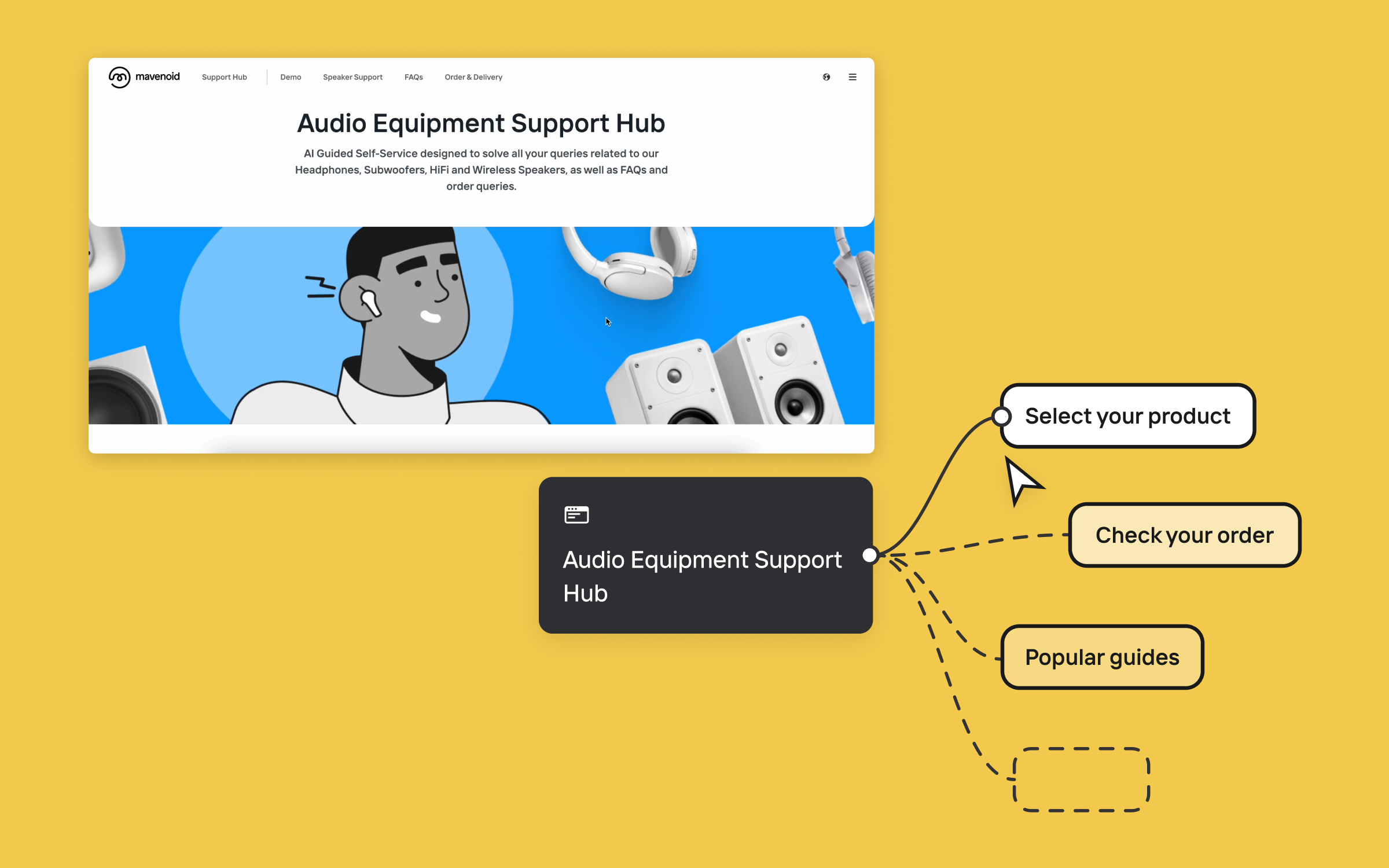
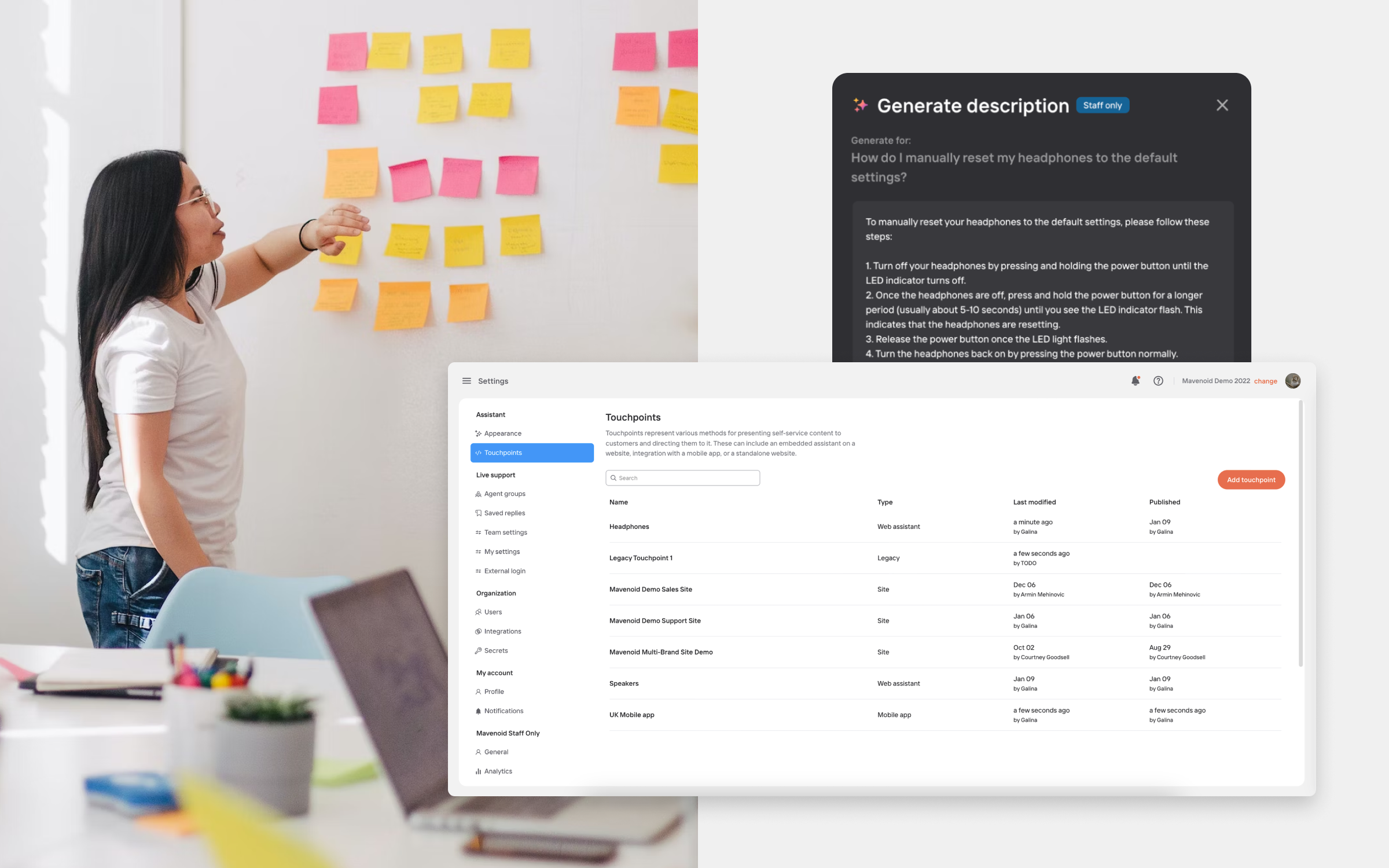

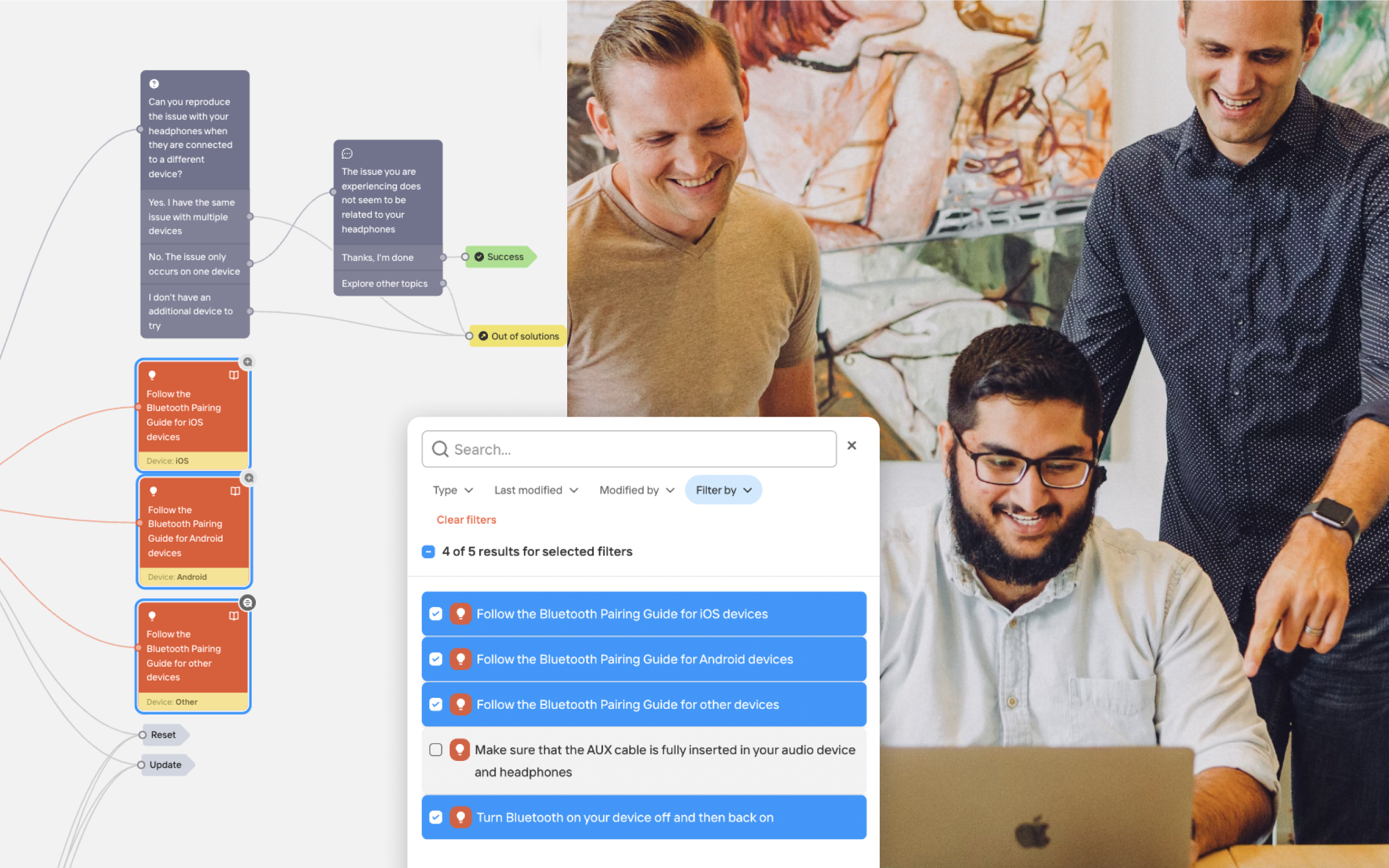
.png)









